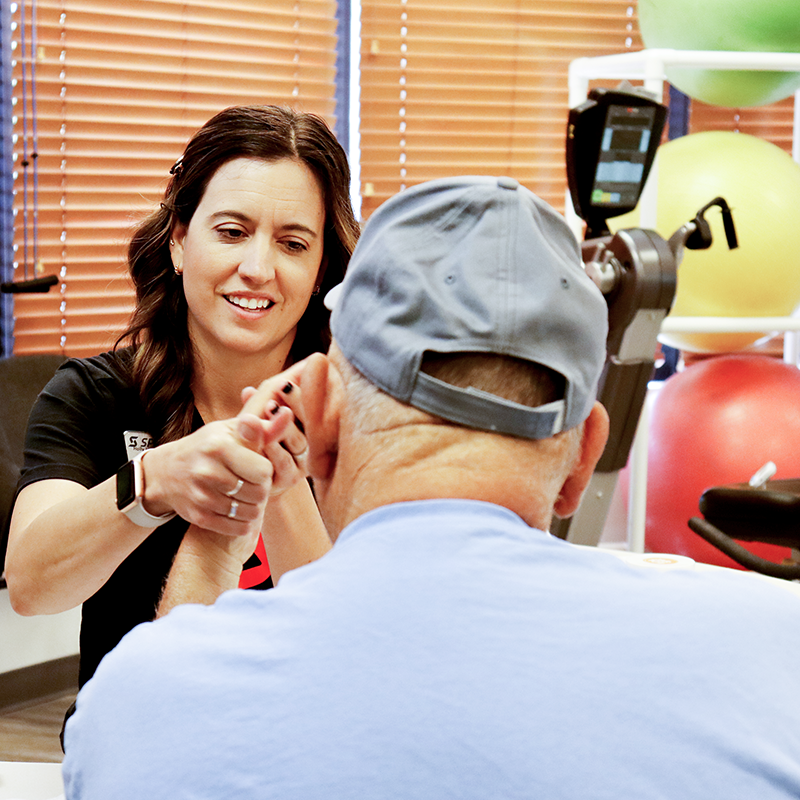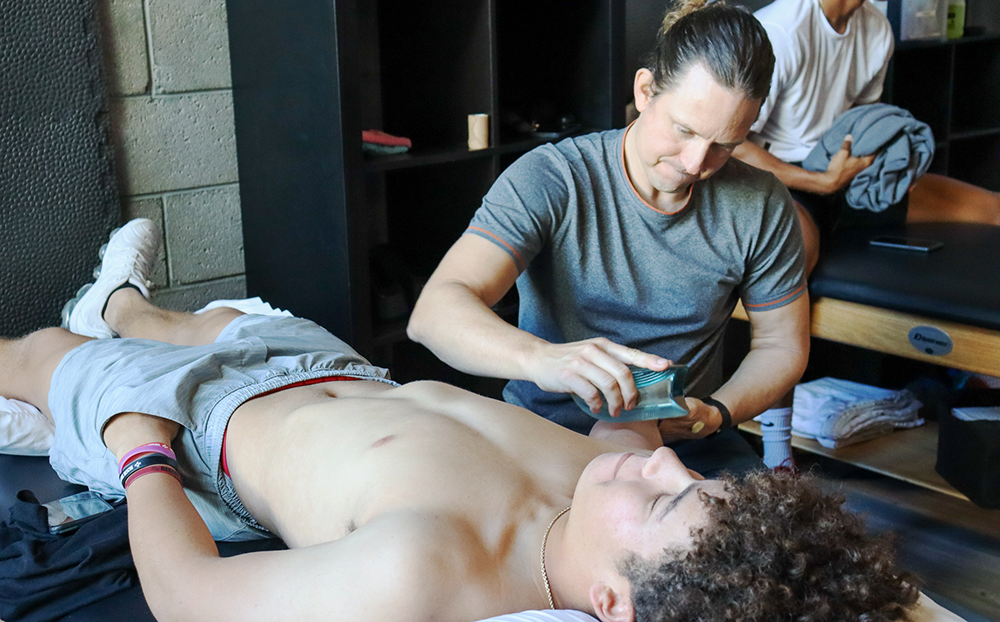Written by: Holly Hussey, MOTR/L, CHT
The crowd roaring, the adrenaline pumping. You are so close to scoring your team a point, possibly securing the win. You’re on third, and your teammate is at bat. The crack of the ball rings through the stadium, and your legs sprint towards home. You slide hand first rather than feet first this time out of sheer desperation to get to the plate. Pain rings through your finger.
Fractures and initial steps
Jams and dislocations of the finger joints are common in baseball and softball. While some may be able to be set in the moment for return to play, it is important to be checked for any fractures, preferably by a hand specialist if possible. Fractures, no matter the severity at the time of the initial injury, can be much more detrimental if left untreated. They can lead to further fracture, dislocation, and tendon distress. If there is a fracture present in the finger, the finger may be considered stable or unstable.
Stable versus Unstable
An unstable finger fracture will most likely be casted initially, resulting in stiffness later on and a longer recovery time. After the cast, the finger may receive a custom splint from an occupational therapist or physical therapist specializing in hand therapy. These splints are created for the individual and their specific injury and needs. The splint will help place the finger in the position needed for optimal healing. In a stable finger fracture, a hand specialist may recommend anything from buddy taping your fingers to receiving a custom splint. In both cases, it is extremely important to go to hand therapy, even if the specialist recommends buddy taping. The therapist can recognize stiffness or dysfunction that is normal and abnormal for the injury.
Mobility and Strengthening through Hand Therapy
Hand therapy is vital for the mobilization and strengthening of the finger and overall hand for return to sport. The finger itself is at risk of dislocation and freezing without proper interventions. The entire process can take up to 12 weeks for a stable finger and up to 14 weeks for an unstable finger.
To learn more about the Spooner Hand Therapy team, or to discover if hand therapy is right for you, please visit our Hand Therapy page.

Holly caring for a hand patient at Spooner Surprise.
Hand therapy should begin as soon as possible. For a stable finger, this is around 2 weeks following the injury or post-operative. An unstable finger is casted for around 5-6 weeks, so therapy should begin immediately after. Mobilization of the finger joint is of the utmost importance at this point so the finger is not at risk for joint contracture. This is when the joint is unable to move through its entire range of motion.
Strengthening starts 6-8 weeks after injury. The hand muscles can become extremely weak when a finger is fractured. Bringing grip strength back is vital for return to sport. A common misconception for growing grip strength is to perform ball squeezes. This exercise grows the extrinsic muscles, which are located in the forearm. They can help with grip strengthening, but they don’t strengthen all the muscles required for a strong grip strength. The muscles inside the hand are called intrinsic muscles. Hand therapists create custom plans of care to guide athletes carefully through growing these exercises. It is important to get clearance from a hand therapist and your surgeon to complete these exercises. Without clearance, you can be put at risk of further injury.
With both strength and mobilization built up, you can return to sport stronger than before you were injured. There are instances in which you can be in hand therapy and also play while healing. It all depends on the severity and type of your injury. Your sports medicine team will be working with you to see what is best for you.
If you or an athlete you coach have recently fractured their finger, don’t hesitate to get them started in hand therapy. The sooner the better to help increase mobility and strength in the hand during the healing process. Schedule an appointment today with a qualified Spooner hand therapist.

